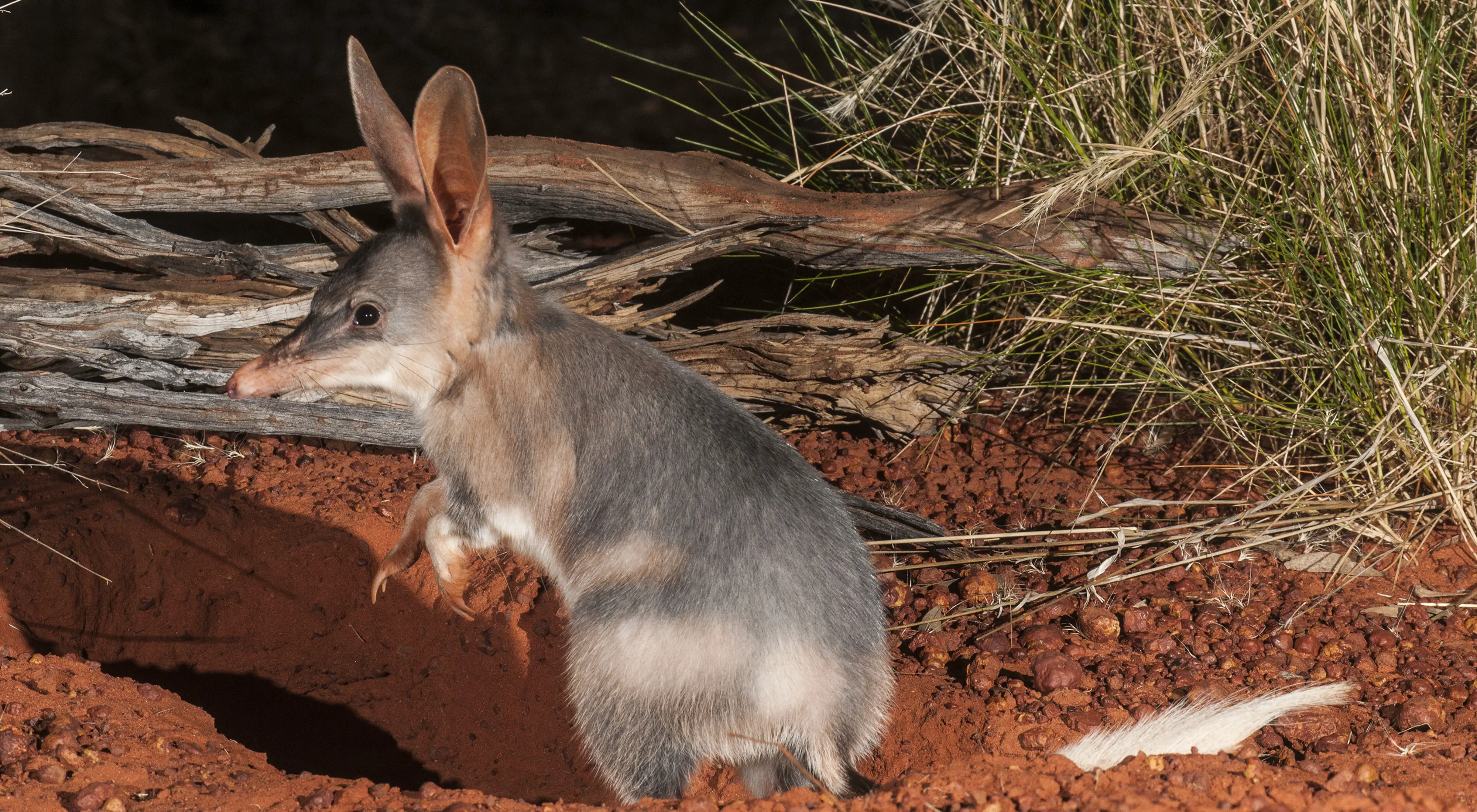The Willie Wagtail exhibits a range of foraging behaviours that include tail wagging and wing flashing. It is thought that such movements flush insects from the ground facilitating their capture.
As tail wagging is known to result in the emergence of insects and the effect is not related to air currents, it is suggested that this flushing occurs as a result of the changes in the light intensity experienced by the insects i.e. the insect responds to a shadow.
This study found that the birds wag their tails more often under conditions of low light. It is suggested that insects may be less easily startled by the shadow of a bird under low light intensities i.e. there is less contrast, so that wagging the tail more frequently will result in a constant intake rate. And this seems to be the result as Wagtails peck at a relatively constant rate throughout the day.
As well as the flightless arthropods which may or may not respond to these foraging tactics, Wagtails also eat flying insects but insect activity, particularly flight, varies with both time of day (temperature) and light intensity. During the middle of the day, insects are at their most active and the rate of aerial prey captures is also highest. It is during this period also that wing flashing occurs more frequently than tail wagging which is used more at the start and end of the day.
Hence, patterns of foraging behaviour correspond with patterns of insect activity.


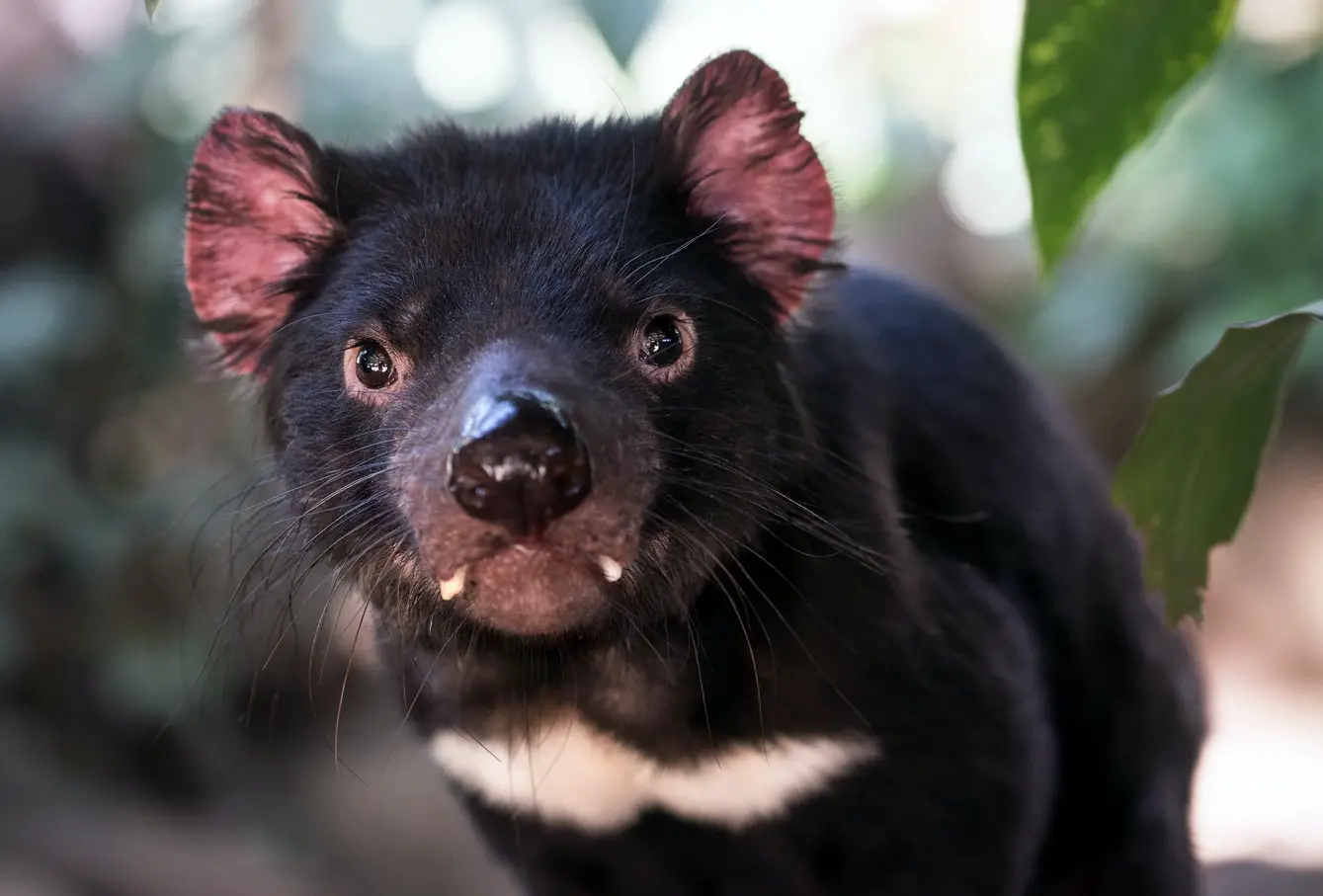

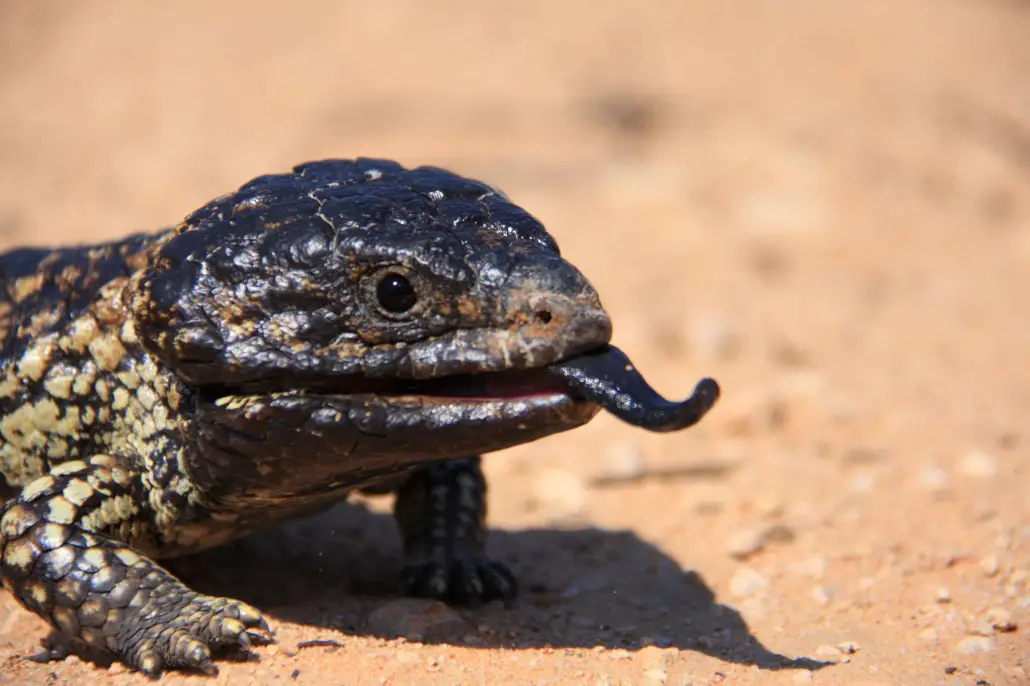
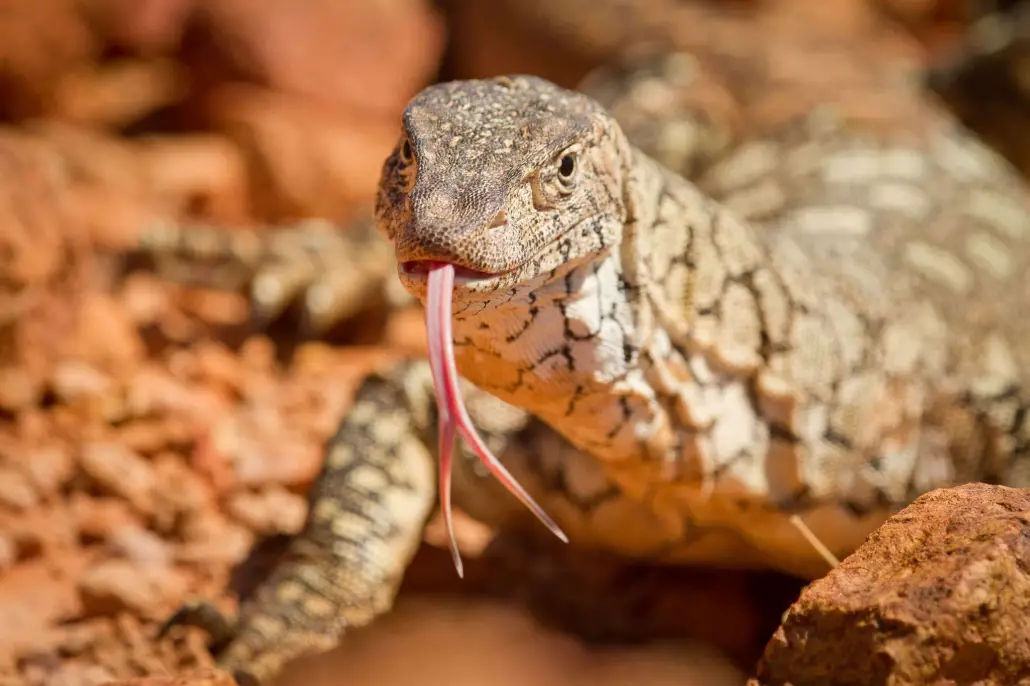
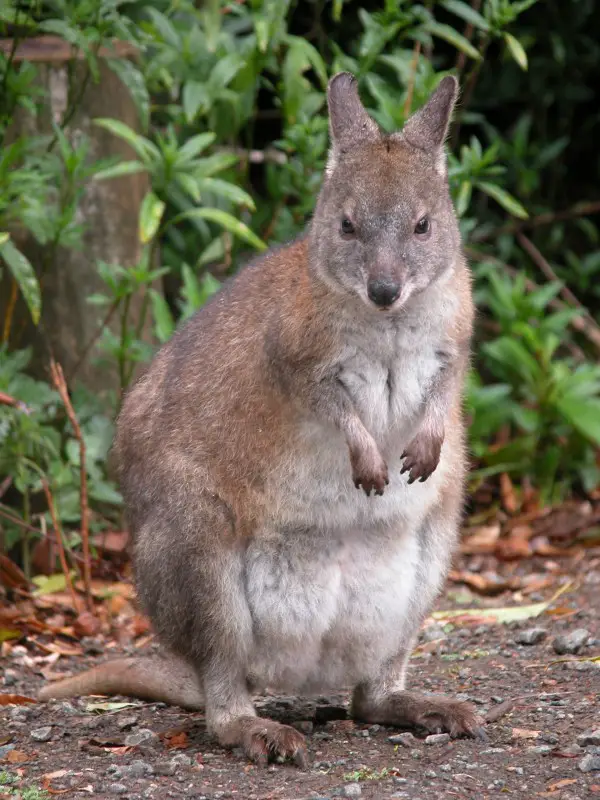
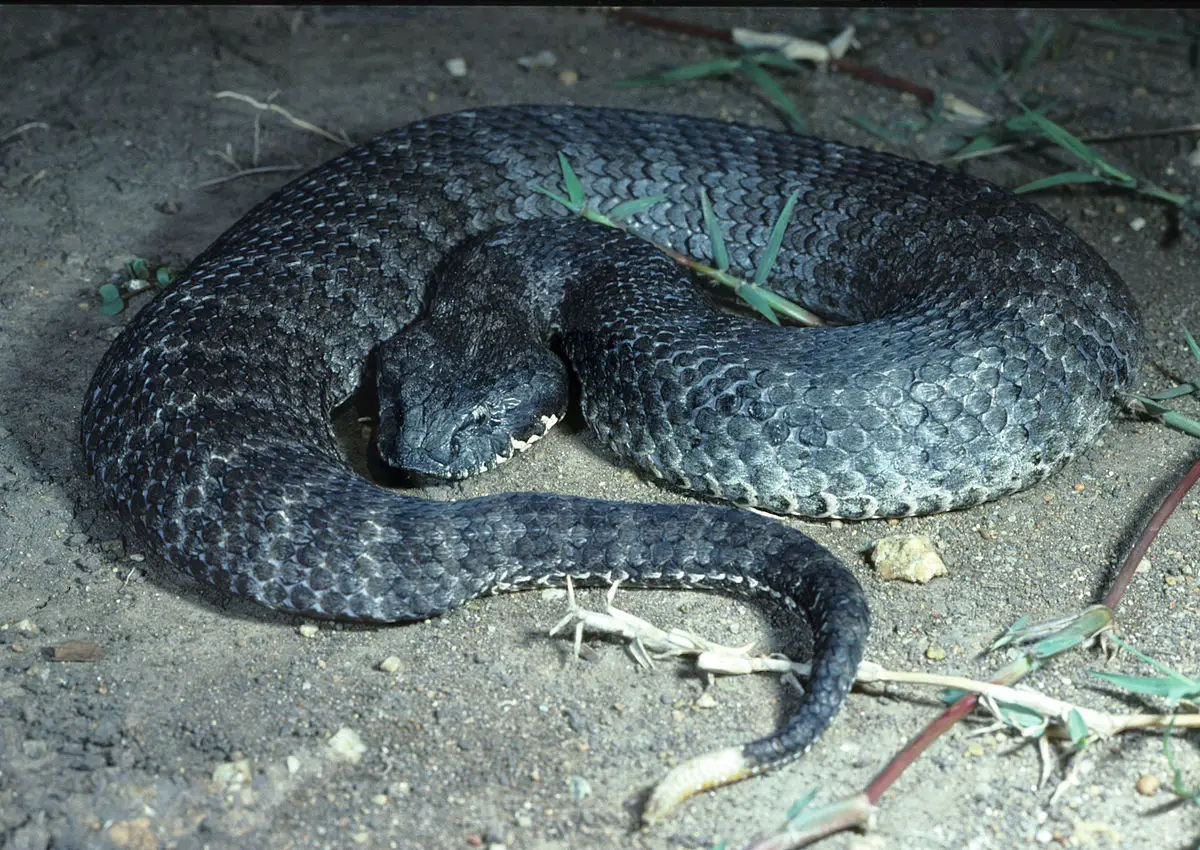


![By JJ Harrison (jjharrison89@facebook.com) (Own work) [CC BY-SA 3.0 (https://creativecommons.org/licenses/by-sa/3.0)], via Wikimedia Commons](https://web.archive.org/web/20200303215422im_/https://upload.wikimedia.org/wikipedia/commons/8/8b/Perameles_gunni.jpg)
